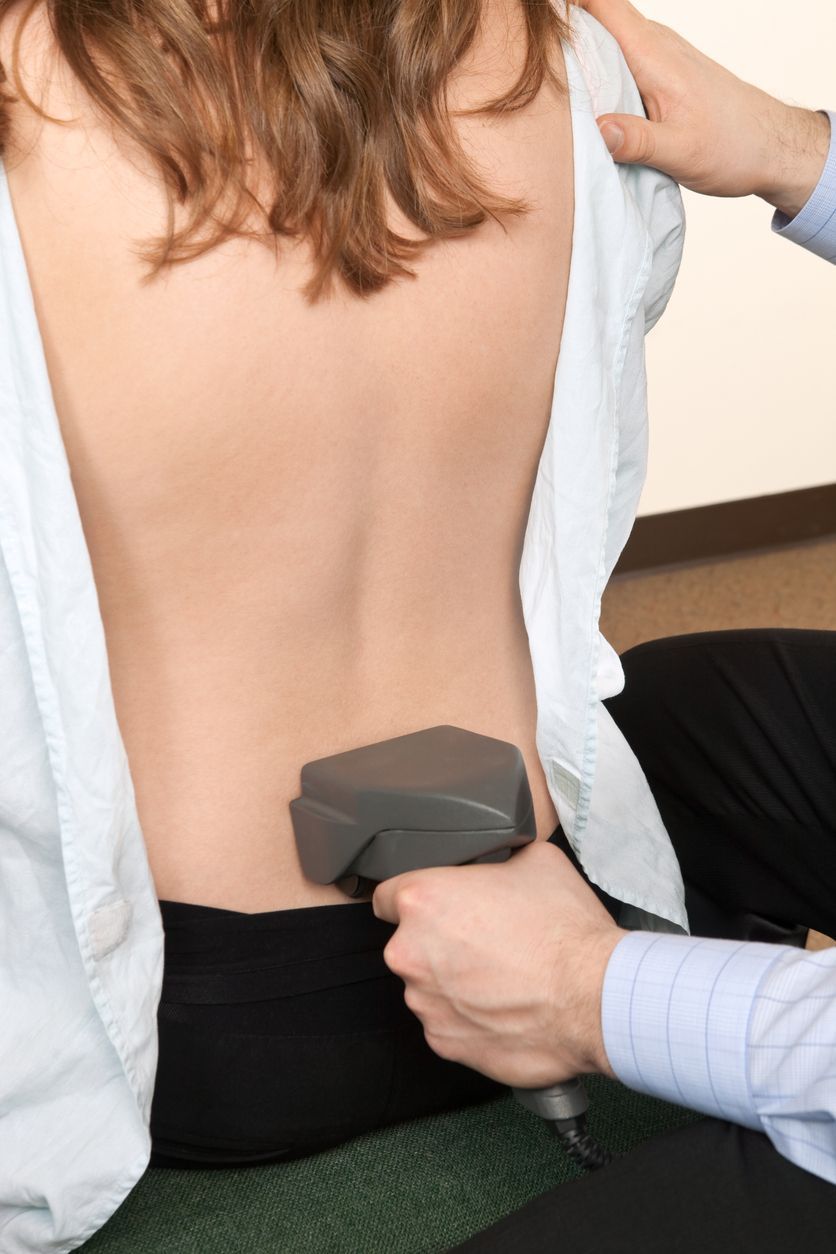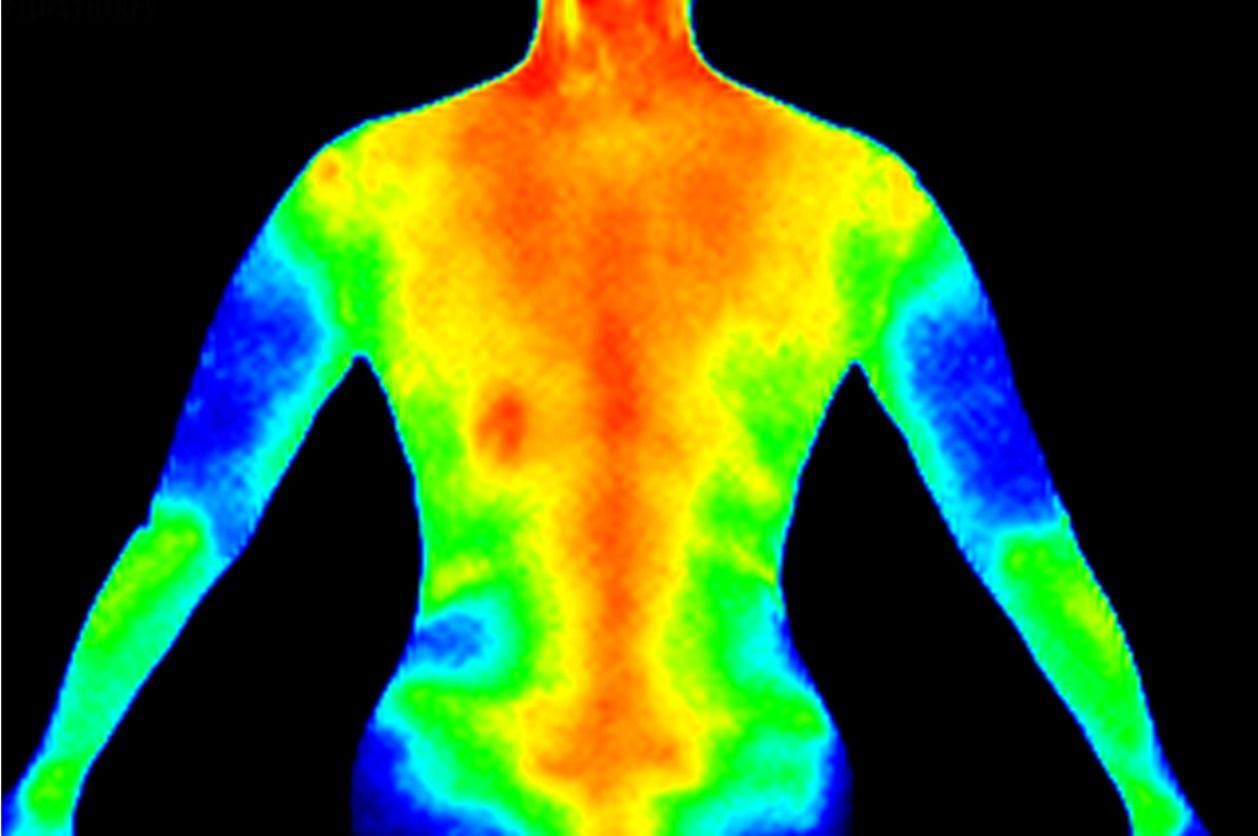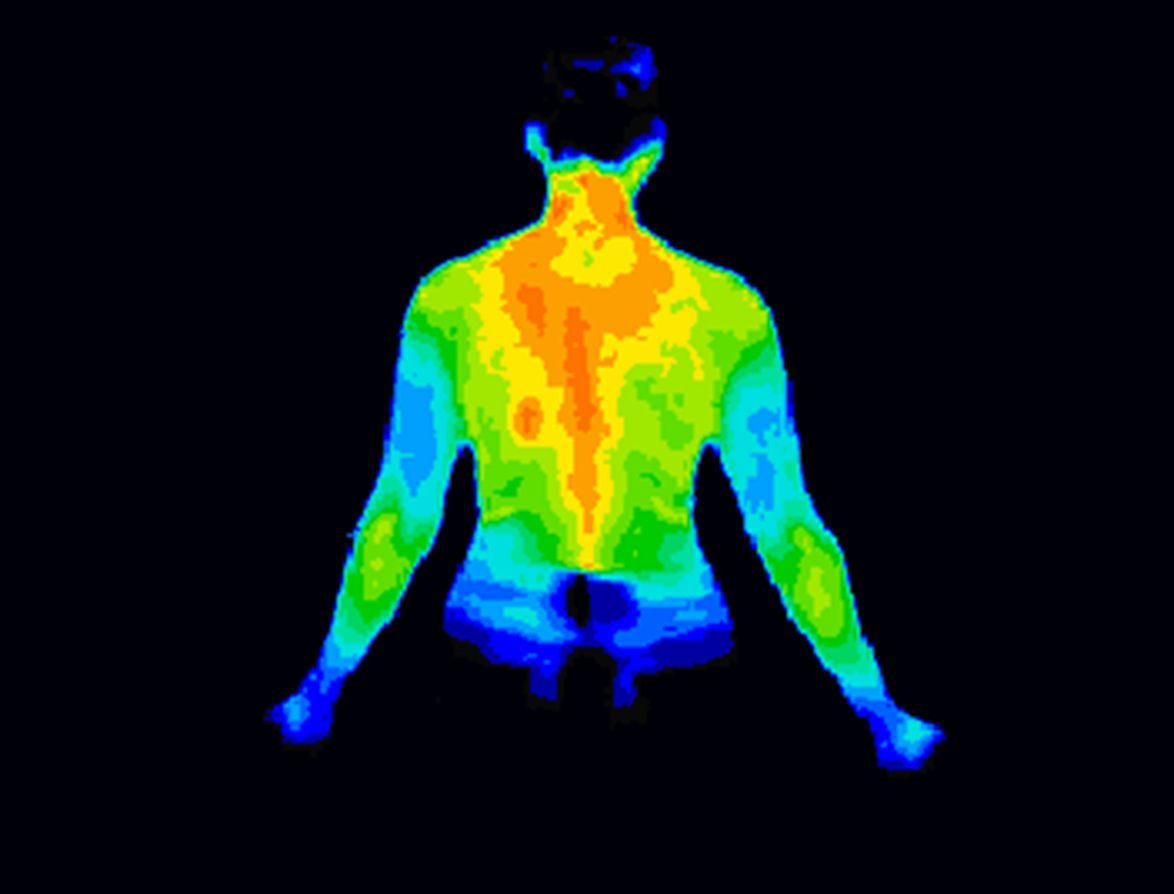Thermographic Diagnoses of Diabetes in Women
Diabetes can occur in both men and women. But it can affect women differently than men. What are the different types of diabetes, Is there a type that only affects women and can infrared thermal imaging aid in the diagnosis of diabetes?
Types of Diabetes in Women
While men can have either of two main types of diabetes, type 1 and type 2, women can also have a third main type, gestational diabetes. What are the main diabetic types?
Type 1 Diabetes
Type 1 is an autoimmune disease where the body attacks and destroys the insulin-producing pancreas cells. The body does not make insulin for those with type 1 diabetes, and they must take insulin every day.
Type 2 Diabetes
It is the most common type of diabetes and can affect anyone at any age, including during childhood. With type 2 diabetes, the body doesn't make enough insulin or doesn't use insulin correctly, increasing blood glucose levels.
Gestational Diabetes
The third main type of diabetes, and the one only women can get, is gestational diabetes. This type only occurs during pregnancy. If not controlled, it can cause health problems in both mother and baby. While gestational diabetes goes away after the baby is born, the possibility of developing type 2 diabetes later increases.
Women's Diabetic Issues
Women with diabetes can have different medical issues than men. These issues include:
- Urinary tract infection (UTI)
- Vaginal yeast infection
- Heavier menstruation cycle
- Postmenopausal weight gain
- Lower sex drive
UTI
Even though over 50% of women will get a UTI sometime in their lifetime, women with diabetes are more likely to have it.
Vaginal Yeast Infection
Many women get vaginal yeast infections at some point in their lifetime. Women with diabetes have a higher risk of this infection.
Heavier Menstruation Cycle
Hormonal changes right before and during a woman's period can cause fluctuations in blood glucose levels. Diabetes can cause heavier periods. Increased food cravings can make controlling diabetes difficult.
Postmenopausal Weight Gain
Postmenopausal women are likely to gain weight, which increases the risk of type 2 diabetes.
Lower Sex Drive
Diabetes can lower not only your sex drive but also your ability to enjoy sex. Some women can experience vaginal dryness.
Thermographic Diagnosis
According to the National Institute of Health (NIH) research, diabetes can be diagnosed by non-contact infrared thermal imaging (thermography). Several other studies have shown that thermography is an excellent diagnostic tool for the detection of diabetes. Improvements in technology, especially with cameras and computer software, have improved the sensitivity of thermography.
Since diabetes can cause a reduction of blood circulation, especially in the hands and feet, there is a change in the skin temperature, which thermography detects.
Thermography is the tool of choice by many doctors. It's a safe, non-contact, and non-invasive diagnostic procedure used to measuring skin temperature distribution — all without radiation exposure. Thermography has been shown to be beneficial for the assessment of tissue viability and peripheral circulation related to diabetes.
Schedule an appointment for your thermography procedure with CT Thermography. Or call (860) 415-1150.









